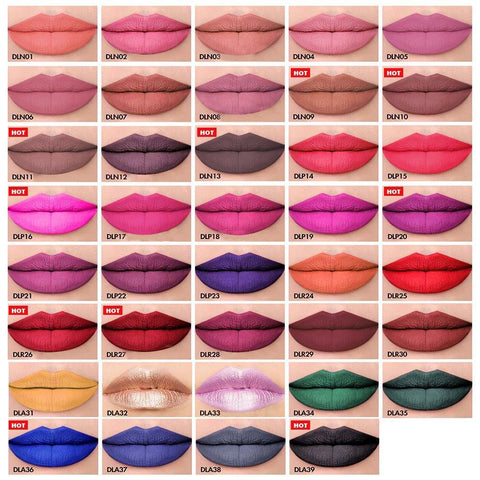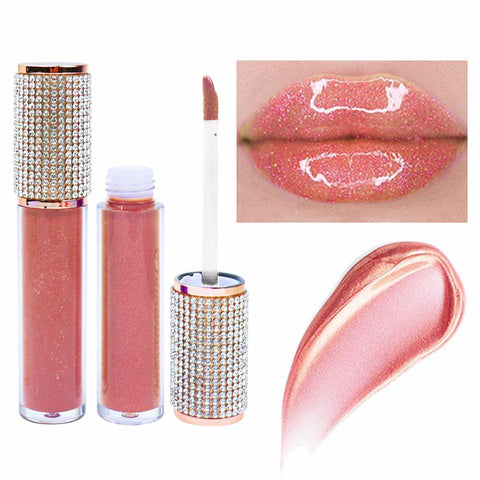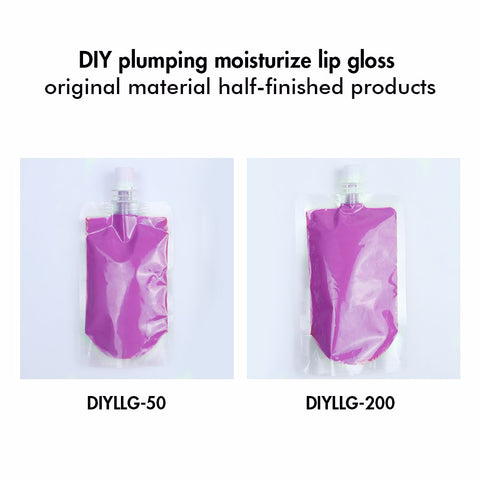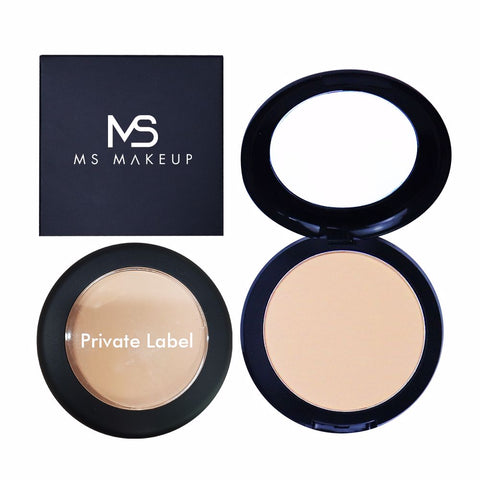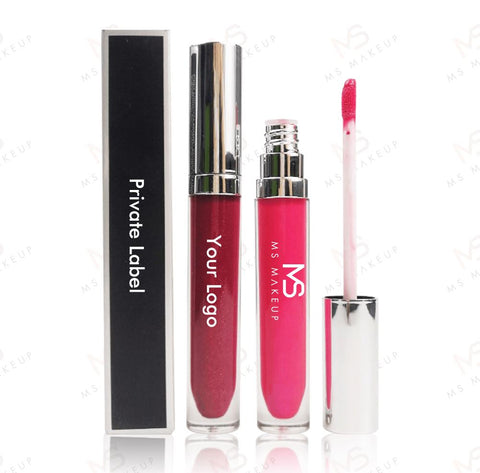Powering the Pout: The (Other) Woman Behind Kylie

Kylie Jenner emerges from the double-doors of her brand’s Manhattan pop-up shop into a street filled with her fans. Beside her is Laura Nelson, a name and face likely unknown to the masses who came here for the lipstick. That lipstick, though, is the result of a collaboration: Kylie’s vision and Laura’s 17 years of experience in the beauty business.
In 2014, her own business sprung up, seemingly out of nowhere, and here, just three years later, she’s standing beside one the biggest celebrities of the moment, sharing in her glory.
But Laura didn’t just appear out of nowhere.
Seed Beauty, a two-year old company launched by Laura and her brother John, was built on the back of a 60-year-old family business. In 1989, the Nelson family purchased the established Spatz Laboratories from its founder. Laura and John forged out on their own, however, studying and working respectively in retail and product development, and finance and manufacturing, before coming full circle into the family business, she tells me:
“I studied retail and consumer studies at University of Arizona and directly out of school worked for Nordstrom doing special events and sales promotion across a couple of states and many different stores. It was a great training ground for me to really learn and to bring that forward into the other businesses I’ve been involved in.” – Laura Thomas, Seed Beauty

Meet Seed Beauty
The perspective Laura and her brother gained external to Spatz helped them inform business decisions and ultimately launch Seed Beauty.
Spatz deals in product development and manufacturing for global beauty brands, with facilities in California and China. Seed Beauty took that model and gave it the boutique treatment. The business would become a true partner of its brands, adding capital, brand incubation, and fulfillment to its hands-on offerings.
“Brand incubation”, Laura explains, is a level up from the traditional celebrity brand and manufacturer relationship. White label or private label, as these arrangements are often referred, are largely transactional.
Don’t call Seed Beauty “white label”. The company is working hand in hand with brands to grow them from the ground up.
“Brand incubation is truly starting a brand from scratch internally and growing it from all aspects. Part of the process that’s important is that you do not only do it once. It’s a continuous process. It continues to grow and evolve. As Kylie grows and evolves, and her brand grows and evolves, it’s important that we’re keeping pace along the way so we’re continuing to drive value for our customers.” – Laura
As Kylie grows and evolves, and her brand grows and evolves, it’s important that we’re keeping pace——Laura Nelson
Seed Beauty’s business model is on the cutting edge of what’s happening with commerce, says Shopify’s Director of Marketing, Arati Sharma:
Seed Beauty’s business model is on the cutting edge of what’s happening with commerce, says Shopify’s Director of Marketing, Arati Sharma:
“Celebrities have always used white label products, it’s just been there from the beginning of time, but ecommerce, flash sales, social media, the brand of humans versus their movies or their music, it’s accelerated that phenomenon at a really quick pace.” – Arati
The paradigm shift, thanks to social influence, is that anyone can amass huge audiences, suddenly finding themselves in a position to monetize that influence. What do you do with an audience, nothing to sell to them, and no business experience?
Laura recognized an opportunity.
The Democratization of Beauty and Commerce
Beauty in the US was a $62 billion industry in 2016, the lion’s share of that revenue owned by major brands, collectively owned by even bigger corporations. Launching a cosmetics brand is no small feat. Rewind several years and it was a nearly impossible one.
In 2017, the industry is experiencing a “democratization”, says Laura.
“The democratization of beauty has been driven by two main factors, the first being social media. Information is being directly provided to the consumers so there’s less filtering, less editing happening, and that really empowers the consumer to make really great purchasing decisions and get different perspectives directly from the brand. The second factor is ecommerce—consumers are able to buy those products online and brands are able to launch products when it works for them and their consumers. Traditionally you had big retailers setting the pace.” – Laura
Seed Beauty is setting its own pace, and boasts an impressive concept-to-consumer timeline of just five days. For brands born on social—a fickle place of rise-and-fall trends—staying nimble is essential.

Seed Beauty launched with its own consumer cosmetics line on Shopify Plus. ColourPop is a fresh-faced now 3-year-old brand that, due to owning its production cycle, can bring ahead-of-trend products to customers at affordable prices. The entire line morphed from concept to launch in just 12 weeks.
What’s the secret? (Almost) everything is done under one roof, Laura says—everything from manufacturing and assembly to branding and marketing to fulfillment.
Sample Block Quote
Praesent vestibulum congue tellus at fringilla. Curabitur vitae semper sem, eu convallis est. Cras felis nunc commodo loremous convallis vitae interdum non nisl. Maecenas ac est sit amet augue pharetra convallis nec danos.
Sample Paragraph Text
Praesent vestibulum congue tellus at fringilla. Curabitur vitae semper sem, eu convallis est. Cras felis nunc commodo eu convallis vitae interdum non nisl. Maecenas ac est sit amet augue pharetra convallis nec danos dui.
Cras suscipit quam et turpis eleifend vitae malesuada magna congue. Damus id ullamcorper neque. Sed vitae mi a mi pretium aliquet ac sed elitos. Pellentesque nulla eros accumsan quis justo at tincidunt lobortis denimes loremous. Suspendisse vestibulum lectus in lectus volutpat, ut dapibus purus pulvinar. Vestibulum sit amet auctor ipsum.

